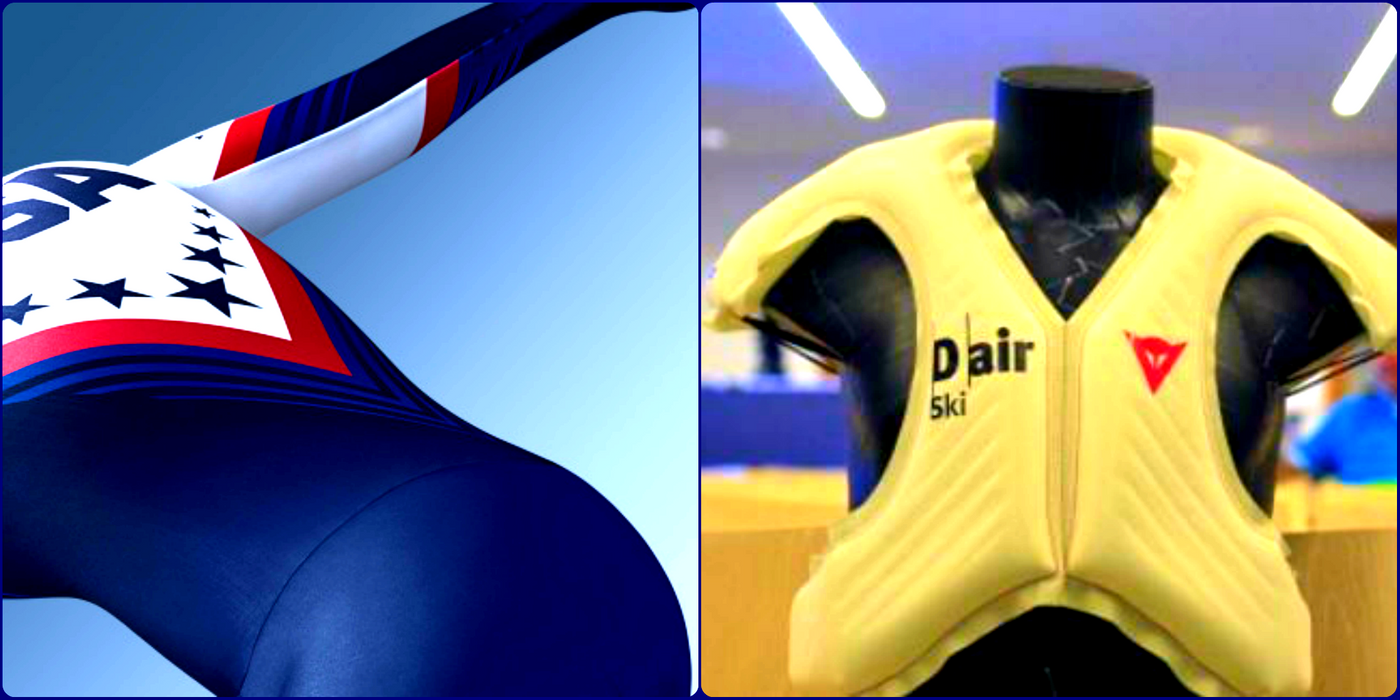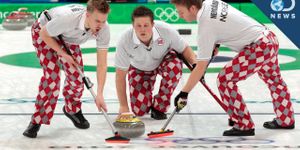4 High Tech Suits Olympians Are Sporting
Some things about the Olympics, like incredible athletic prowess and a balance of international competition and unity, seem to stay the same. Meanwhile, technology races forward in the realm of premiere sports and accordingly, this year’s participants in the Winter Games in South Korea are outfitted with several new iterations of high-tech gear. Under Armour’s speedskating suits are one prime example – they have a new texture that is meant to boost aerodynamics.
Skate Suits
Speedskating fans may recall that Under Armour’s 2014 skating suits for the U.S. had a back air vent, which was designed to release heat. It also reportedly ended up letting air in and may have lowered the skaters’ speed. Whether they possessed a technical flaw, or the athletes simply lacked ample time to train in and adjust to the new uniforms (they received them two weeks before the games), it was a controversial model and the team ended up switching out to a previous suit design during the competition. No medals were won in speedskating for the first time in three decades.
"With all of the data we've seen and all of the hours in the wind tunnel and the analysis, we have extremely high confidence in saying this is the highest performing aerodynamic skin we have developed over these eight years," Under Armour Materials Innovator Mark Cumisky said of the latest designs in 2018.
The new spandex suits are described as having a somewhat gritty texture. The goal of this design is to disrupt the potential vacuum that forms around the limbs of skaters and make their movements more aerodynamic. They also feature friction-reducing fabric for the thighs and an asymmetrical waist seam designed to match and support the skaters’ two primary movement patterns of heading straight and turning left.
"You want these guys to focus on their performance and not have to worry about anything else," Shane Domer, sports science director for Under Armour, said.
Heated Jackets
During the Feb. 9 opening ceremony, athletes from the U.S. wore Ralph Lauren parkas with electronic-printed heating ink. The inks created a flag design in the coats that kept the competitors warm at three settings for up to 11 hours. They were even thoughtfully designed to be adjusted on cell phones with glove-clad hands.
Smart Training Outfits
Some Dutch short track skaters use Samsung SmartSuits to prepare for their events. During training, embedded sensors send data about the athletes’ body movements to their coach’s smartphone. She or he can then advise them on improving their form and even send communicative vibrations directly to their bodies through the suits.
Ski-Impact Gear
Some of Team USA’s downhill skiers will wear Giro impact-protection helmets that were created to reduce rotational impact as well as side impact, with a ball-and-socket design and extra padding on the sides of the head. Olympic skiers from several teams are also using Dainese airbag vests this year, which can deploy in milliseconds, to improve the safety of their events.
Along with these examples of the latest high-tech sporting gear, the 2018 Winter Games in South Korea also features 80 robots, as previously reported by Labroots.









